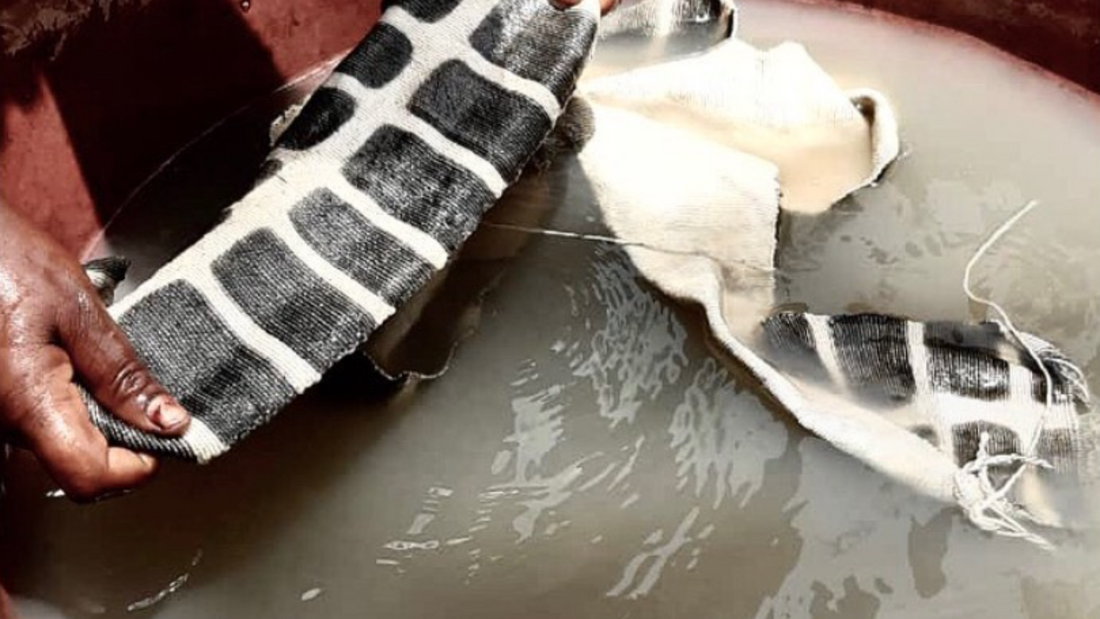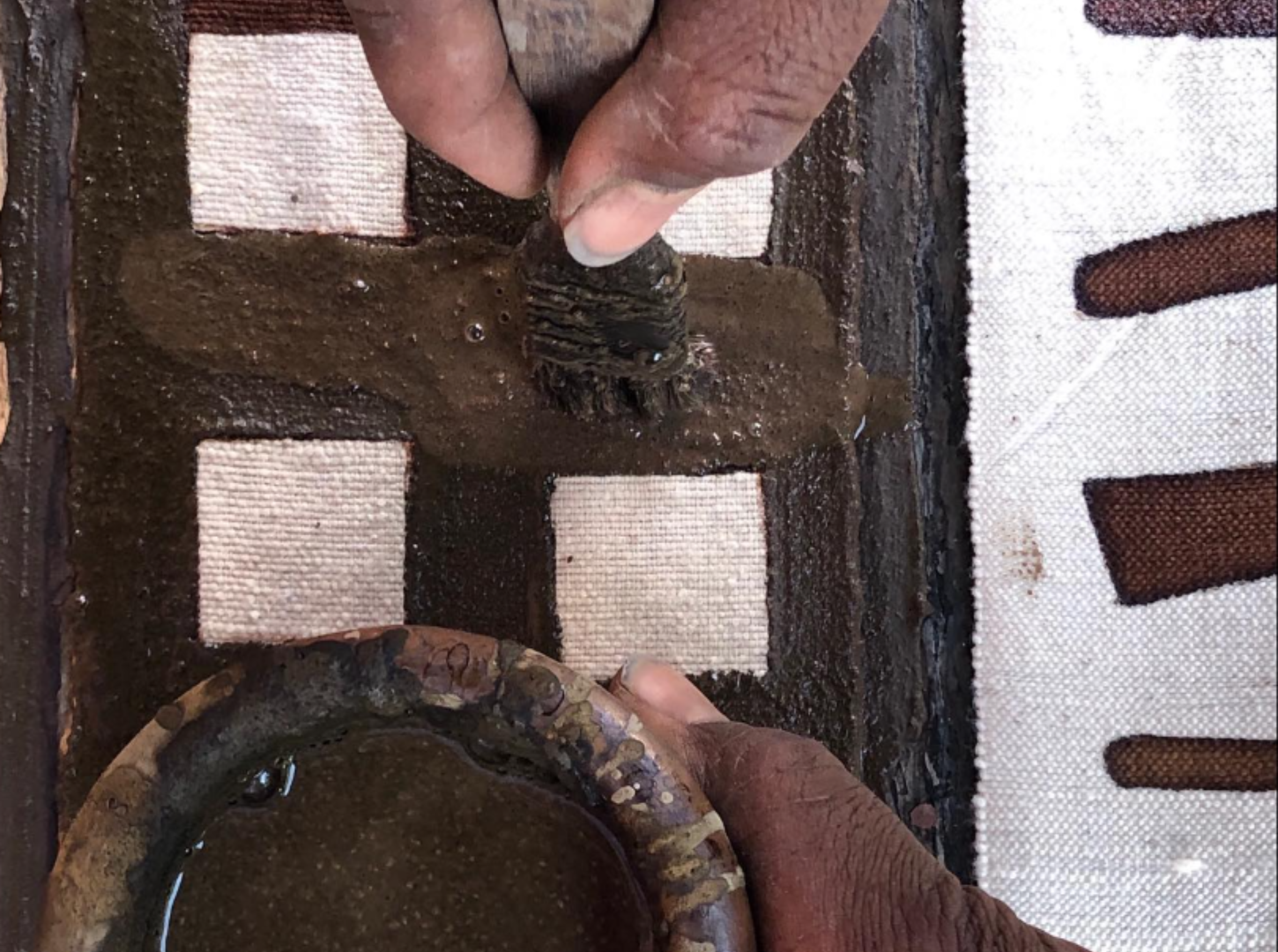In a world where modernization and globalization have paved the way for new trends and contemporary art forms, it's fascinating to explore the enduring beauty and cultural significance of traditional crafts. One such remarkable art form is mud cloth, also known as "bogolanfini" in its native West Africa. This ancient technique, rooted in the rich history and heritage of the Malian people, continues to captivate the imagination of art enthusiasts worldwide. Join us as we delve into the history and creation process of mud cloth, unravelling the secrets behind its enduring allure.
A Glimpse into History
The story of mud cloth stretches back centuries to the heart of West Africa, particularly Mali, where it originated. The Malian people, primarily from the Bamana, Dogon, and Malinke tribes, have been crafting mud cloth for generations, passing down their knowledge from one generation to the next. This textile art form holds deep cultural significance, symbolizing the region's history, rituals, and social identity.
The mud cloth tradition has its roots in ancient times when local communities would gather natural resources from their surroundings to create functional and decorative fabrics. The process was not only a means of artistic expression but also a way to honor and communicate ancestral wisdom and stories.
Creation Process
The making of mud cloth involves a meticulous and labor-intensive process. It begins with collecting cotton fabric, which is traditionally handwoven on narrow looms. The cloth is then soaked in a dye bath made from a mixture of leaves and bark, primarily sourced from the bogolan tree. The tree's leaves produce a yellow dye, while the bark yields a rich, reddish-brown hue.
After being dyed, the fabric is left to dry in the sun, allowing the vibrant colors to set. Once dry, patterns are meticulously hand-painted onto the cloth using a fermented mud paste, derived from riverbeds, hence the name "mud cloth." This mud paste, often mixed with other natural substances such as plant extracts and tree bark, is carefully applied to the fabric using brushes, twigs, or even fingers. The artisan's skill and creativity are showcased through intricate patterns, symbols, and motifs, each carrying its own story and cultural significance.
Significance and Symbolism
Mud cloth is more than just a beautiful textile; it is a visual language that carries the history, traditions, and beliefs of the Malian people. The patterns and symbols used in mud cloth often convey messages related to fertility, protection, social status, and spiritual practices. They can represent elements of nature, animals, or even the celestial realm.
In Malian society, mud cloth is worn on various occasions, such as weddings, funerals, and coming-of-age ceremonies. It plays a vital role in preserving cultural heritage and fostering a sense of identity and belonging. Moreover, the popularity of mud cloth has transcended borders, with contemporary designers incorporating its motifs into modern fashion and interior design.
Preserving an Ancient Art Form
While the world evolves and adapts to modernity, preserving traditional crafts like mud cloth becomes increasingly important. Efforts are being made to support and sustain this ancient art form, ensuring that future generations can continue to learn and practice the techniques passed down over centuries.
Local cooperatives, artists, and organizations are actively engaged in promoting mud cloth, both within Mali and globally. These initiatives provide training, resources, and a platform for artisans to showcase their work and connect with a wider audience. Through collaboration and appreciation, we can celebrate the beauty and cultural heritage encapsulated within mud cloth.
Mud cloth stands as a testament to the enduring power of traditional craftsmanship and the stories it carries within its fibers. As we immerse ourselves in the history, creation process, and symbolism of this ancient art form, we gain a deeper understanding of the cultural heritage and resilience of the Malian people. Let us cherish and support these treasures from the past, ensuring that they continue to weave their magic and inspire generations to come.
Discover our full collections of timeless mud cloth designs.





